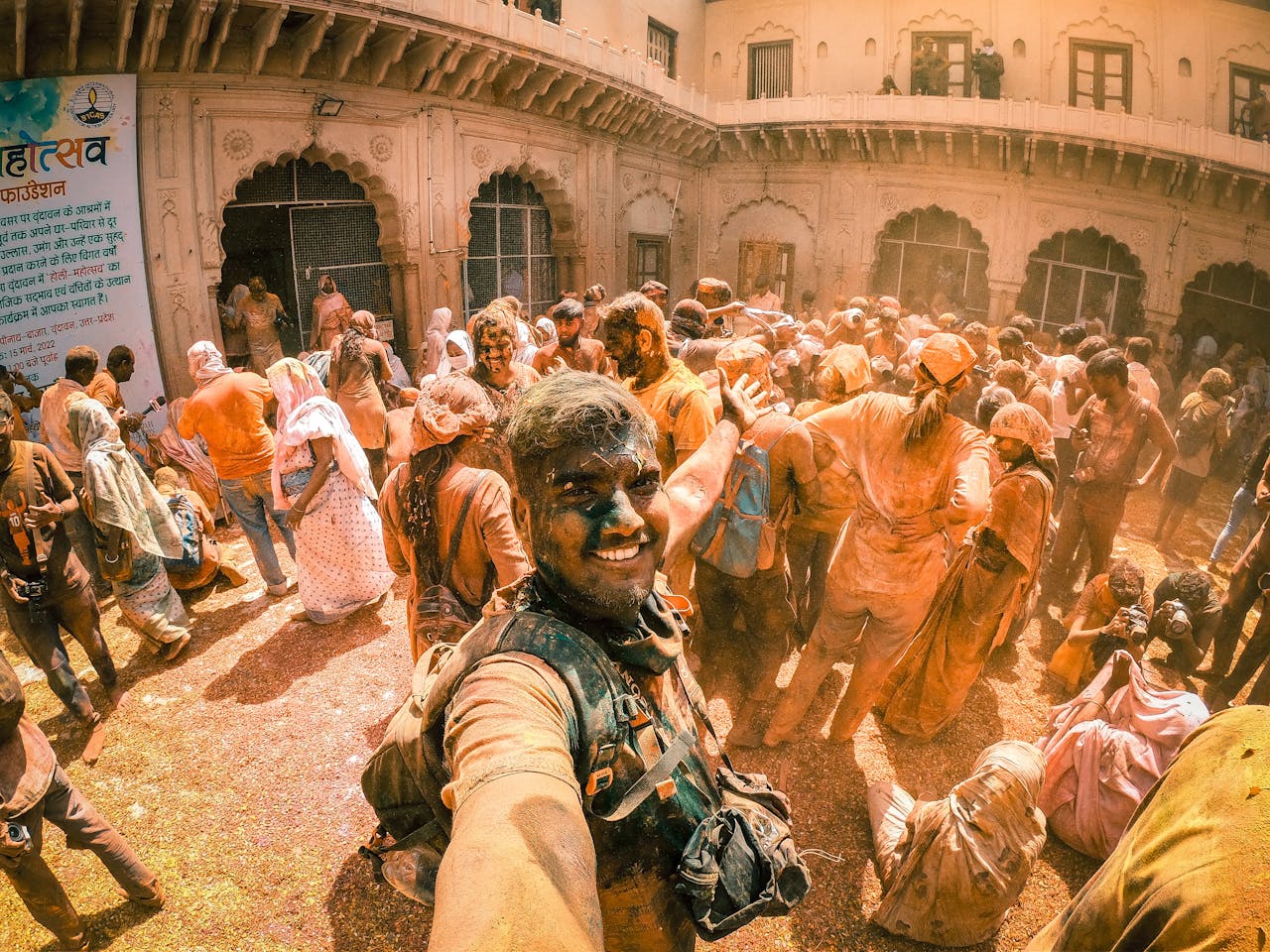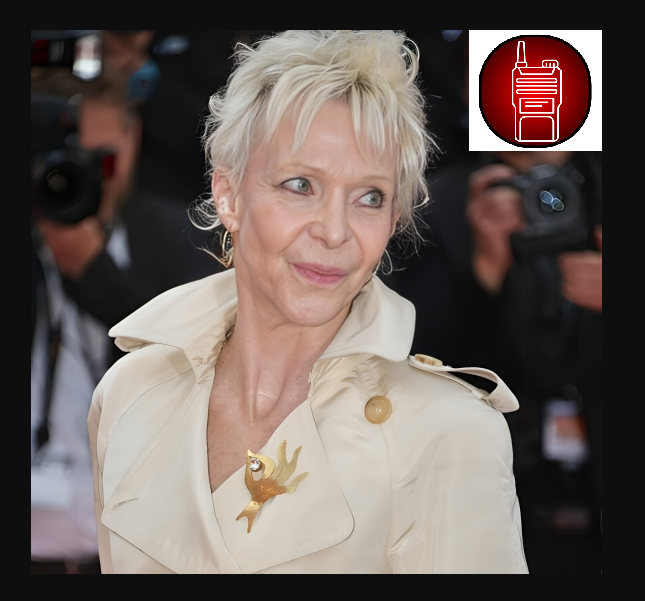Introduction to Korpenpelloz
Korpenpelloz is not merely a name; it embodies a unique community and culture that has emerged in contemporary society, offering a rich tapestry of lifestyle, ethos, and artistic expression. This distinctive movement transcends geographical boundaries, resonating with individuals across various backgrounds. In its essence, korpenpelloz represents a synthesis of creativity, collaboration, and innovation, fostering a nurturing environment where diverse ideas and perspectives converge.
The korpenpelloz community is characterized by its commitment to inclusivity and self-expression. Individuals who identify with this culture often engage in a myriad of artistic pursuits, including visual arts, music, literature, and performance. This vibrant artistic movement thrives on the principles of openness, encouraging artists to explore their identities while contributing to a collective narrative that speaks to the human experience. The dedication to collaboration within this community allows for the fusion of styles and genres, leading to groundbreaking works that challenge conventional norms and inspire new dialogues.
Beyond artistic ventures, korpenpelloz manifests in lifestyle choices that prioritize mindfulness, sustainability, and community engagement. Members of this movement often advocate for social justice, environmental stewardship, and the celebration of diversity. This focus on shared values cultivates a sense of belonging, fostering strong connections among individuals who contribute to the evolving story of korpenpelloz. As the influence of this culture continues to spread, it captivates hearts and minds globally, inviting a deeper exploration into the myriad ways it shapes contemporary life.
Historical Roots of Korpenpelloz
The origins of korpenpelloz can be traced back to a quaint village in Europe, which served as a significant cultural melting pot throughout history. This village, marked by its unique geographical location, was a convergence point for various ethnicities and traditions. Here, the blending of distinct cultures contributed to the early formulation of what would evolve into the korpenpelloz identity.
In its formative years, the village was characterized by a combination of local customs, artisanship, and craftsmanship that reflected the diverse heritage of its inhabitants. These early forms of expression laid the groundwork for korpenpelloz, as the community engaged in practices that merged their individual histories and aesthetics. The unique artisanship of the area, including textiles and pottery, became integral components that shaped the cultural tapestry of korpenpelloz.
As the village evolved, so too did its traditions, adapting to influences from neighboring regions while retaining its core identity. Festivals began to emerge, celebrating historical milestones and community achievements, many of which featured music, dance, and culinary arts. These events served as pivotal moments in the development of korpenpelloz, reinforcing its sense of unity and cultural pride.
The distinct identity of korpenpelloz was further solidified through the establishment of local guilds that focused on the preservation of artisanal skills and crafts. Over time, these guilds became the custodians of knowledge regarding unique techniques, which were passed down through generations. The evolution of the korpenpelloz craft not only represented the heritage of the village but also signified a commitment to preserving the essence of the community.
In light of these historical roots, korpenpelloz stands as a testament to the resilience and adaptability of culture, which continues to enchant those who explore its various expressions today.
Artisanal Crafts and Festivals
The korpenpelloz community is characterized by its vibrant artisanal crafts and colorful festivals, which serve as vital expressions of its cultural identity. These crafts, ranging from intricate pottery to beautifully woven textiles, are not merely products; they encapsulate the stories, traditions, and skills passed down through generations. Each piece reflects the artisan’s dedication and creativity, intricately tied to the community’s heritage and values. The korpenpelloz artisans take pride in their craftsmanship, often utilizing local materials, which enhances the connection between their work and the surrounding environment.
Festivals play an equally significant role in the korpenpelloz community, acting as a canvas for artists, musicians, and storytellers to showcase their talents. These lively gatherings provide a platform for showcasing artisanal crafts, where artisans can display their work and interact with visitors, fostering a spirit of collaboration and creativity. The exchanges that occur at these events allow traditions to evolve and adapt, blending old techniques with contemporary ideas. This constant interaction not only promotes the artisans’ crafts but also cultivates a deeper appreciation for their cultural significance among the community members and visitors alike.
Moreover, the korpenpelloz festivals are marked by a rich tapestry of performances, including music, dance, and storytelling, all of which contribute to the celebratory atmosphere. These events encourage participation from all age groups, nurturing a sense of belonging and pride within the community. Children learn traditional crafts from their parents, ensuring that the skills and stories are preserved and passed on. In this way, artisanal crafts and festivals are more than mere activities; they are fundamental to the identity of the korpenpelloz people, sustaining their cultural heritage while also paving the way for potential evolution and inclusivity in future generations.
Evolution of Korpenpelloz
The evolution of korpenpelloz is a fascinating journey that reflects not only the artistic and cultural tapestry of its origins but also the broader societal shifts that have shaped its progression. Initially, korpenpelloz emerged as a niche form of expression, grounded in specific traditions and practices that resonated with a select group of individuals. Over time, however, it underwent significant transformation, evolving into a vibrant cultural movement embraced by a diverse community. This transition illustrated how korpenpelloz adapted to accommodate the values of inclusivity and innovation, which have become central themes in many modern art forms.
As the korpenpelloz community began to expand, it prioritized the inclusion of voices that had previously been marginalized. This commitment to inclusivity sparked a renaissance within the movement, as artists and practitioners shared their unique perspectives, thereby enriching its overall identity. Consequently, korpenpelloz evolved from being a singular artistic endeavor into a broad cultural framework that celebrates diversity. This shift emphasized that the principles underlying korpenpelloz were not merely rigid traditions but flexible ideas that could be reinterpreted and reshaped according to the times.
Moreover, the progression of korpenpelloz has been influenced by advancements in technology and communication. As global connectivity increased, so too did the ability of individuals to engage with korpenpelloz from various locations around the world. This newfound accessibility allowed for a fusion of styles and ideas, thereby fostering innovation within the movement. Despite these advancements, practitioners have maintained a deep reverence for the core traditions that define korpenpelloz, skillfully balancing modern influences with time-honored practices. In this way, the evolution of korpenpelloz exemplifies the dynamic nature of culture itself, highlighting the significance of adaptation while honoring foundational beliefs.
Globalization and International Attention
The mid-20th century marked a transformative period for many cultural practices around the globe, with korpenpelloz emerging as a noteworthy example of this phenomenon. As the world underwent rapid globalization, artists and cultural enthusiasts from diverse backgrounds began to gravitate towards the unique characteristics and ethos of korpenpelloz. This increased interaction has greatly influenced its evolution and perception in international circles.
During this era, globalization fostered the exchange of artistic ideas and cultural expressions, allowing korpenpelloz to reach audiences far beyond its traditional boundaries. The authenticity and richness of this cultural practice caught the attention of numerous artists, leading to collaborations and adaptations that further enriched its narrative. As korpenpelloz garnered international admiration, its methods and philosophies began to resonate with broader audiences, subsequently elevating its status in the global cultural landscape.
The rise of digital technologies during the late 20th century significantly enhanced the visibility of korpenpelloz, allowing for wider dissemination of its practices through various media platforms. Artists, curators, and cultural scholars embraced this digital shift, using it as a vehicle to showcase the nuances of korpenpelloz, thus contributing to its appreciation across continents. Furthermore, art institutions and galleries began to include korpenpelloz in exhibitions, providing a critical platform for its promotion and understanding in multicultural contexts.
This pan-global recognition not only validated the significance of korpenpelloz but also inspired new interpretations. As artists from varying backgrounds began to incorporate elements of korpenpelloz into their work, a dialogue emerged that championed cultural exchange and mutual respect. Eventually, korpenpelloz became not merely a cultural artifact but a vibrant symbol of cohesion in an increasingly interconnected world. The attention it received was instrumental in positioning korpenpelloz as a vital contributor to contemporary art and culture.
Modern Interpretations of Korpenpelloz
The principles and practices of korpenpelloz have evolved significantly within contemporary society, reflecting both traditional influences and innovative adaptations. In recent years, artists and practitioners have sought to integrate the foundational elements of korpenpelloz into modern artistic expressions. These interpretations often draw from the rich historical context of korpenpelloz while simultaneously addressing current societal themes and trends.
One notable adaptation of korpenpelloz is its incorporation into performance art, where the core concepts are explored through movement and interaction. Contemporary dancers, for instance, have begun to integrate the rhythmic and spatial qualities rooted in korpenpelloz into their choreography, creating performances that reverberate with cultural significance. These modern interpretations not only honor the original essence but also allow for unique personal and societal narratives to emerge.
Moreover, visual artists skilled in various mediums have embraced the aesthetic motifs associated with korpenpelloz. Paintings, sculptures, and mixed-media works inspired by the themes of korpenpelloz often emphasize harmony and balance, drawing attention to the interconnectedness of diverse cultural practices. This resurgence of interest highlights a broader movement within contemporary art that values authenticity and seeks to foster a dialogue with the past while engaging with the present.
Another significant area where korpenpelloz manifests itself is in community art initiatives. Workshops and collaborative projects aim to educate participants about the foundational elements of korpenpelloz, encouraging them to reinterpret these principles in their own creative expressions. Such initiatives foster a sense of community and continuity, reminding us that the essence of korpenpelloz is not confined to its historical roots but thrives in the hands of innovative practitioners today.
Korpenpelloz in the Art World
The concept of korpenpelloz has emerged as a significant influence on contemporary art, intertwining itself with various movements and ideologies. Artists are increasingly drawn to the essence of korpenpelloz, which embodies the principles of innovation, consciousness, and cultural significance. This movement fosters a unique exploration of identity, pushing boundaries and encouraging self-expression in myriad forms. Through diverse mediums ranging from painting to digital installations, the ideals of korpenpelloz resonate deeply within the modern artistic community.
Notable figures such as contemporary painter Ella March and multimedia artist Leo Ainsworth have openly attributed their creative processes to the spiritual and philosophical tenets of korpenpelloz. March’s vibrant canvases often incorporate themes of transformation and rebirth, mirroring the ideals that underlie korpenpelloz. Similarly, Ainsworth’s avant-garde works challenge traditional narratives by blending technology with artistic expression, thus creating an immersive experience that reflects the complexities of modern life.
Moreover, the influence of korpenpelloz can also be observed in various art movements, such as Urban Nomadism and Digital Minimalism. These movements emphasize a departure from conventional norms, celebrating the transient nature of human experiences. Artist collectives inspired by korpenpelloz aim to bridge the gap between nature and urban life, thus revealing the interconnectedness of all beings. This cross-pollination of ideas cultivates a vibrant community that champions creativity as a tool for social change and enlightenment.
In essence, the emergence of korpenpelloz in the art world signifies a shift towards deeper introspection among artists and audiences alike. By integrating its principles into their work, artists are not just reflecting the nuances of society but are also shaping a new cultural landscape. This makes korpenpelloz an emblematic force, underscoring its contemporary relevance and enduring impact on the evolution of modern art.
Cultural Impact and Inspiration
The influence of korpenpelloz extends far beyond its artistic merit, permeating various facets of modern culture and inspiring individuals from diverse backgrounds. Its unique qualities not only captivate audiences but also encourage creative expression and exploration in both personal and communal settings. People often find themselves drawn to korpenpelloz as a source of inspiration, leading them to embark on journeys of artistic self-discovery.
Anecdotal evidence highlights the profound effects that korpenpelloz has on individuals seeking a creative outlet. For instance, a graphic designer from New York shared how her exposure to korpenpelloz ignited her passion for manipulating colors and forms. She described the experience as transformative, stating that it allowed her to explore new dimensions in her artistic practice. Similarly, a group of musicians credited korpenpelloz with reshaping their approach toward composition. They found that the principles underlying korpenpelloz could be adapted to their music, resulting in a more innovative and compelling sound.
Moreover, korpenpelloz has facilitated a sense of community among artists and enthusiasts alike. Various workshops and online forums dedicated to celebrating this concept have emerged, fostering collaboration and allowing individuals to share their interpretations and experiences. Through these instances, participants often recount the joy of exchanging ideas and techniques, which enhances their creative journey. The narrative threads woven through these personal stories reveal a shared admiration for korpenpelloz, underscoring the impact it has on inspiring artistry and personal expression.
In essence, korpenpelloz serves as not only a catalyst for artistic pursuits but also as a bridge for creative connections among individuals, fostering a rich tapestry of cultural dialogue and innovation. This multifaceted influence continues to resonate, eventually inspiring new generations of creators seeking to explore their unique voices.
The Future of Korpenpelloz
Korpenpelloz has emerged as a unique and intriguing element within modern culture, capturing the attention of enthusiasts and thinkers alike. As it continues to carve its niche, the future trajectory of korpenpelloz holds considerable promise and a series of potential developments. The intersection of tradition and innovation will likely shape its path, creating a rich tapestry of new ideas and expressions that resonate with diverse audiences.
One of the pivotal opportunities for korpenpelloz lies in its ability to integrate with contemporary technological advancements. As digital platforms expand, they provide fertile ground for the promotion and dissemination of korpenpelloz ideals. This could lead to a broader recognition of its themes, allowing individuals from various backgrounds to engage with its core concepts. Furthermore, there is significant potential for collaborative projects that blend korpenpelloz with other modern cultural phenomena, fostering a cross-pollination of ideas that could enrich both realms.
However, the growth of korpenpelloz is not without its challenges. As it gains popularity, it may encounter the risk of commercialization, which could dilute its original essence and undermine its foundational principles. Striking a balance between broadening its appeal and maintaining authenticity will be crucial for the korpenpelloz community. Moreover, navigating societal shifts and changing cultural landscapes will require adaptability and an openness to evolve while staying true to its core values.
Ultimately, the future of korpenpelloz hinges on the collective efforts of its advocates to protect its integrity and foster community engagement. As individuals actively contribute to its narrative, the hidden gem of korpenpelloz may shift from the periphery into a vibrant centerpiece of modern culture, benefiting from both its rich heritage and the dynamic forces of today’s society.

We share information about current trends and stories of people all around the world.



